Is Your Fuel Winter-Ready?
Postharvest is a good time to check your fuel storage system to avoid common issues and keep equipment running smoothly through cold winter months. Whether you are running biodiesel or standard diesel fuel, check storage tanks for water or other contaminants. Water is the most common source of fuel filter plugging issues in diesel engines during winter. When temperatures fall below 32 degrees, excess water in the tank can freeze and block the flow of fuel through the filter. A Bacon Bomb device is an easy and inexpensive way to retrieve a fuel sample from the tank bottom, where [...]
PODCAST: A Look at 2018 Double-Crop Harvest
Description: Aaron Prins, sales agronomist with The Equity in Altamont, Illinois and 2018 CCA Soy Envoy, shares an update on the double-crop wheat and soybean harvest this season, challenges growers faced in southern Illinois, and what to expect or prepare for in 2019. Listen to the podcast here:
ASTA Promotes Safe Handling and Storage of Treated Seed During Harvest
As harvest is deep underway across the country, American Seed Trade Association (ASTA) reminds farmers about the importance of taking precautions to ensure treated seed does not enter the grain supply. “Seed treatments provide farmers with an economical means of protecting seeds and seedlings against early-season insect pests and diseases – resulting in stronger and more uniform stands, healthier plants and higher crop yields,” said ASTA President & CEO Andrew LaVigne. “Farmers and applicators know the importance of proper management to minimize the risk of pesticide exposure to humans and the environment. This includes removing all treated seed left [...]
2018 Harvest: What Makes the Soybean World Go ‘Round?
October has arrived and the 2018 soybean growing season is wrapping up in Northern Illinois. It’s always interesting, as well as a good idea, to look back over the past six months and see what was in the forefront of our minds as the growing season developed, what we worried about that didn’t impact the crop as much as we thought it might, and what surprised us. One important recommendation that has been endorsed for improving soybean yields has been planting soybeans “early.” Many growers have taken this recommendation seriously and I’ve seen it being adopted in many operations [...]
Post Season Soybean Evaluation
Well, most soybean fields have been harvested and it probably felt good to combine that last acre for the season. But your work isn’t over yet. As harvest ends and fall work slows down, take the time to evaluate how soybeans did overall and in individual fields. And do this before making your final soybean variety placement decisions for next season. Mastering soybean production to produce consistently high yields is about understanding limitations, fine-tuning management and adopting the newest proven practices. And soybeans do respond to management just like corn, but it are more fickle and you need to [...]
Reaching for 100
The Illinois Soybean Association has been sponsoring the Yield Challenge since 2010. The contest allows growers to compete for the highest soybean yield and greatest yield gain. And many of the entrants are “going for 100” in an attempt to break the 100-bushel ceiling. Every summer we showcase some of the practices that a few growers are using to reach 100 bushels or record a personal best. It is always exciting to learn what these growers are doing, whom they are getting advice from and their passion for growing high-yield soybeans. There is a lot to learn from their [...]
Help! What happened to my stand of soybeans?
Learn to diagnose field problems when they happen. Any agronomist would tell a farmer to scout each field multiple times a year. That is the only way you can identify a problem and its cause. Waiting till harvest is too late. Crop consultants and farmers work together to determine field issues and often face difficult steps trying to understand what happened and when it happened. It is easier to diagnose any field problem closer to the time it develops than days, weeks or months afterward. Whether it’s an insect, disease, weather, herbicide or manmade issue the closer to the [...]
Illinois Soybean Yield Challenge
Why helping with the Illinois Yield Challenge, since its inception in 2009, interested me and why Illinois needed this initiative. After a career in the fertilizer industry I have been doing contract agronomy work with chemical companies, primarily BASF, and have always been interested in increasing soybean yield. I attended the first Soy Yield Challenge organizational meeting in 2009. At that time many farmers were frustrated with soybean yields. They were having a lot of success raising corn yields, but they were hitting a plateau with soybeans. Chemical and seed companies were also anxious to help push soybean yields [...]
Harvesting High Moisture Wheat
If you double-crop soybeans after wheat, consider harvesting the wheat at high moisture. If you double-crop soybeans after wheat and want to increase soybean yield, manage the previous wheat crop by planting an ultra-early variety and harvesting high moisture wheat. By adopting the early wheat system, you can harvest wheat sooner, plant soybeans earlier and increase soybean yield, maybe as much as a bushel a day. What defines the early wheat system? Plant wheat earlier in the fall: 3 – 5 days gain on soybean planting Plant an ultra-early wheat variety: 3 to 5 days gain on soybean planting [...]
Key to Yield is Keeping Pods
At the end of the day, the yield of soybeans is determined by the number of pods per acre. The greater the number of pods, the higher yield. And soybeans can potentially bear a lot of pods however they will easy abort as much as 60% of flowers or small pods, especially when plants are stressed. Calcium plays several roles in plant structure and metabolism. It is an integral part of cell wall structure, carbohydrate movement and production and retention of flowers and pods. It is taken up by the roots and moves through the xylem with the water [...]

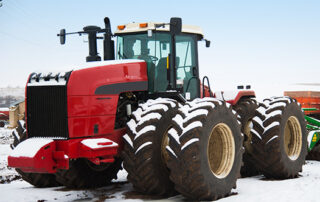
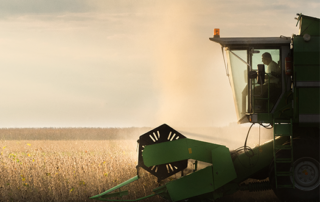
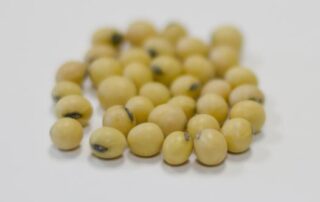
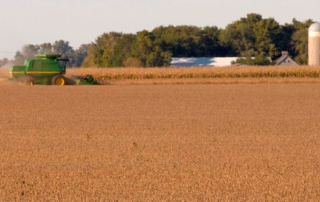
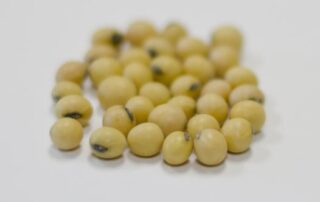
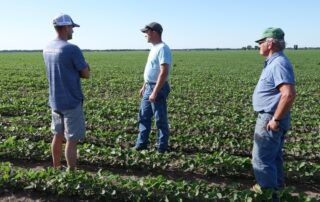
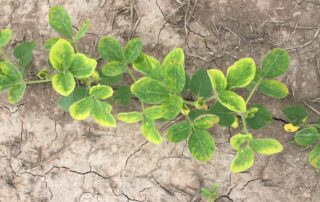
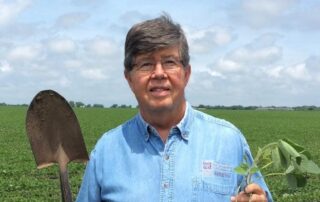
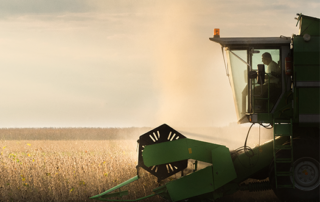
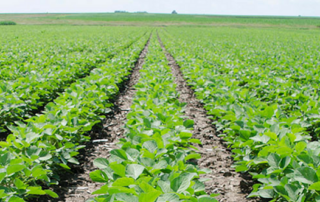

 and then
and then